Podcasts are like conversations with your favorite people - each episode is a journey, and each segment is a new stop. But how do you keep those conversations fresh and your audience glued to their headphones?
It’s all about the segments. Whether serving up quick tips, diving into deep debates, or sprinkling in humor, the right segments can transform a good podcast into a must-listen experience.
Ready to mix things up? Let’s dive into the ins and outs of podcast segments and 26 different segment ideas that you can implement today.

Book Your Next Podcast Guest the Easy Way
With more than 70,000 members, MatchMaker.fm is the largest online community connecting podcasters & guests.
Join MatchMaker todayWhat Is a Podcast Segment?
A podcast segment is a distinct part of an episode focusing on a specific idea, topic, or theme. Think of it as a chapter in a book or a scene in a movie. Each segment serves a particular purpose: to inform, entertain, or engage your audience.
Segments can vary in style, from interviews and Q&A sessions to storytelling and news recaps. By breaking your podcast into segments, you keep the content organized, making it easier for listeners to follow along and stay interested.
How Many Podcast Segments Should You Include in an Episode?
The number of segments in an episode can vary depending on its length and format. Generally, 2-4 segments work well for most podcasts. Too few segments make the episode feel flat, while too many overwhelm listeners. The key is to find a balance that keeps your audience engaged without overloading them with too much information.
2 to 4 segments per episode
How Long Should a Podcast Segment Be?
Typically, segments range from 5 to 15 minutes. Shorter segments work well for quick updates or tips, while longer ones are better for in-depth discussions or interviews. Remember that the goal is to maintain listener interest, so keeping each segment concise and relevant to the overall episode theme is essential.
5 to 15 minutes
26 Fresh & Engaging Podcast Segment Ideas to Try
Let’s get straight into it…
1. Listener Q&As
In this segment, listeners are encouraged to submit questions, which the host answers during the episode. This segment provides value by offering tailored advice or insights and gives the audience a sense of participation in the podcast. It can cover topics relevant to your show's theme, from personal advice to industry-specific inquiries. Listener Q&A segments can also help build a loyal community, as listeners feel heard and appreciated.
Example: The Tim Ferriss Show
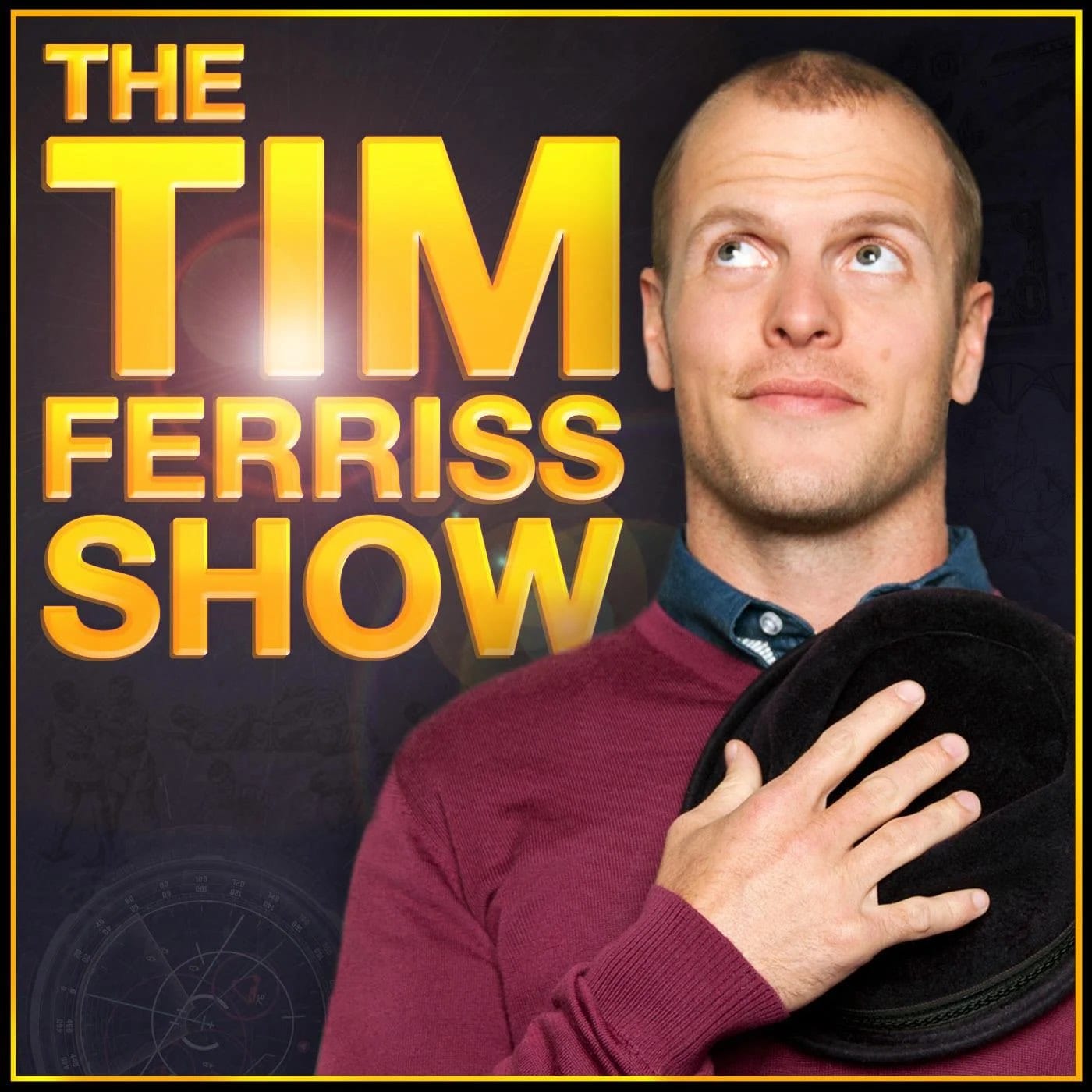
The Tim Ferriss Show frequently includes Q&A segments where the host, Tim Ferriss, answers questions submitted by his audience. This format allows Tim to connect more personally with his listeners, creating a sense of community among his audience.
2. Expert Interviews
Inviting industry experts, influencers, or thought leaders to your podcast is a powerful way to bring authoritative voices into your show. These guests share their knowledge and insights on topics relevant to your audience, providing listeners with valuable, in-depth information they might not get elsewhere. This segment also helps establish your podcast as a credible source within your niche. The interviews can range from structured Q&A sessions to more casual, conversational discussions.
Example: The Joe Rogan Experience
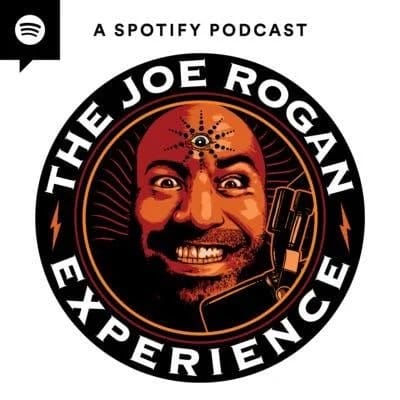
One of the most famous examples of this type of segment? You guessed it, The Joe Rogan Experience. The podcast is known for its long-form interviews with various guests. These interviews delve deep into multiple subjects, offering listeners a chance to learn directly from experts in their respective fields.
3. Hot Takes & Debates
Hot takes and debates bring energy and excitement to your podcast by tackling current trends or controversial topics. In this segment, the podcast host - or hosts - offer their opinions or engage in debates on relevant and sometimes controversial subjects. You can spark conversation and create timely and thought-provoking content by addressing hot-button issues.
Example: The Daily

The Daily, produced by The New York Times, often features segments where journalists discuss and debate the implications of current events, offering various perspectives on complex issues.
4. Storytelling & Case Studies
Storytelling and case studies help you connect with your audience by making complex podcast ideas more relatable. In this segment, you share real-life stories or examples illustrating key points. This approach breaks down complicated concepts into understandable and engaging narratives.
Turning facts and data into a story can hold your audience’s attention and make your message more memorable. This segment is especially effective for educational or business podcasts where real-world applications are essential.
Example: How I Built This

How I Built This by NPR features entrepreneurs who share the stories behind their businesses, giving listeners insights into the challenges and successes they faced.
5. Book & Media Reviews
Book and media reviews are a great way to share your thoughts on books, movies, or TV shows related to your podcast. You can discuss a recent release or a classic piece that ties into your content. These reviews help your audience discover new content and give them a reason to tune in. It’s a simple way to add value by offering recommendations or sparking discussions.
Example: The Popcast with Knox and Jamie
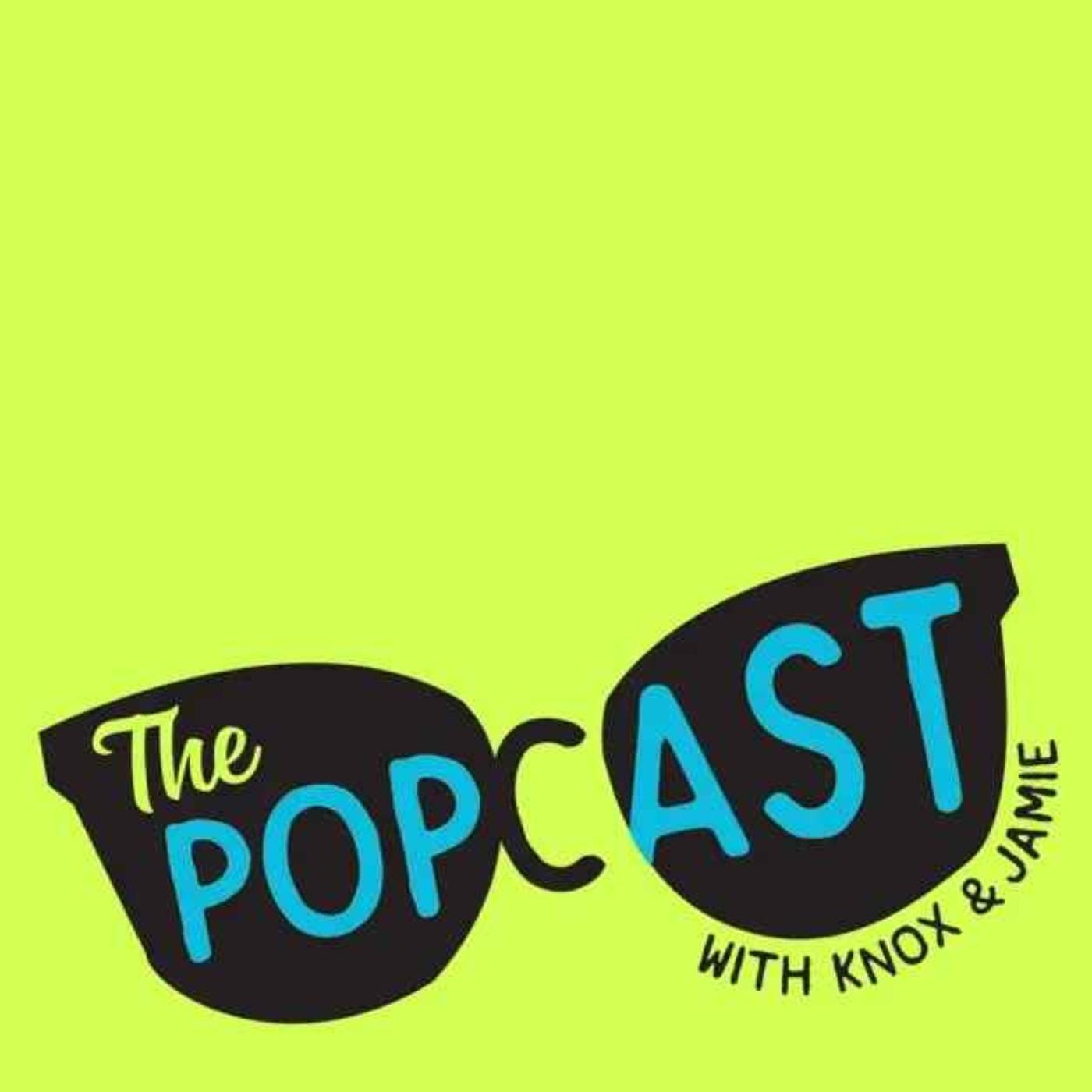
The Popcast with Knox and Jamie often includes media reviews, where the hosts share their opinions on the latest movies, TV shows, and books.
6. News Recap
A news show segment keeps your audience informed about the latest happenings in your industry. You summarize recent news, events, or trends. This gives listeners a quick update without them needing to search for information themselves. It helps position your podcast as a go-to source for current updates.
7. Audience Poll Results
Sharing audience poll results is a fun way to engage your listeners. In this segment, you talk about the outcomes of your poll or survey. This makes your audience feel involved and shows you value their opinions. Poll results can spark new discussions and provide insights into what your audience cares about most.
Example: The Ramsey Show
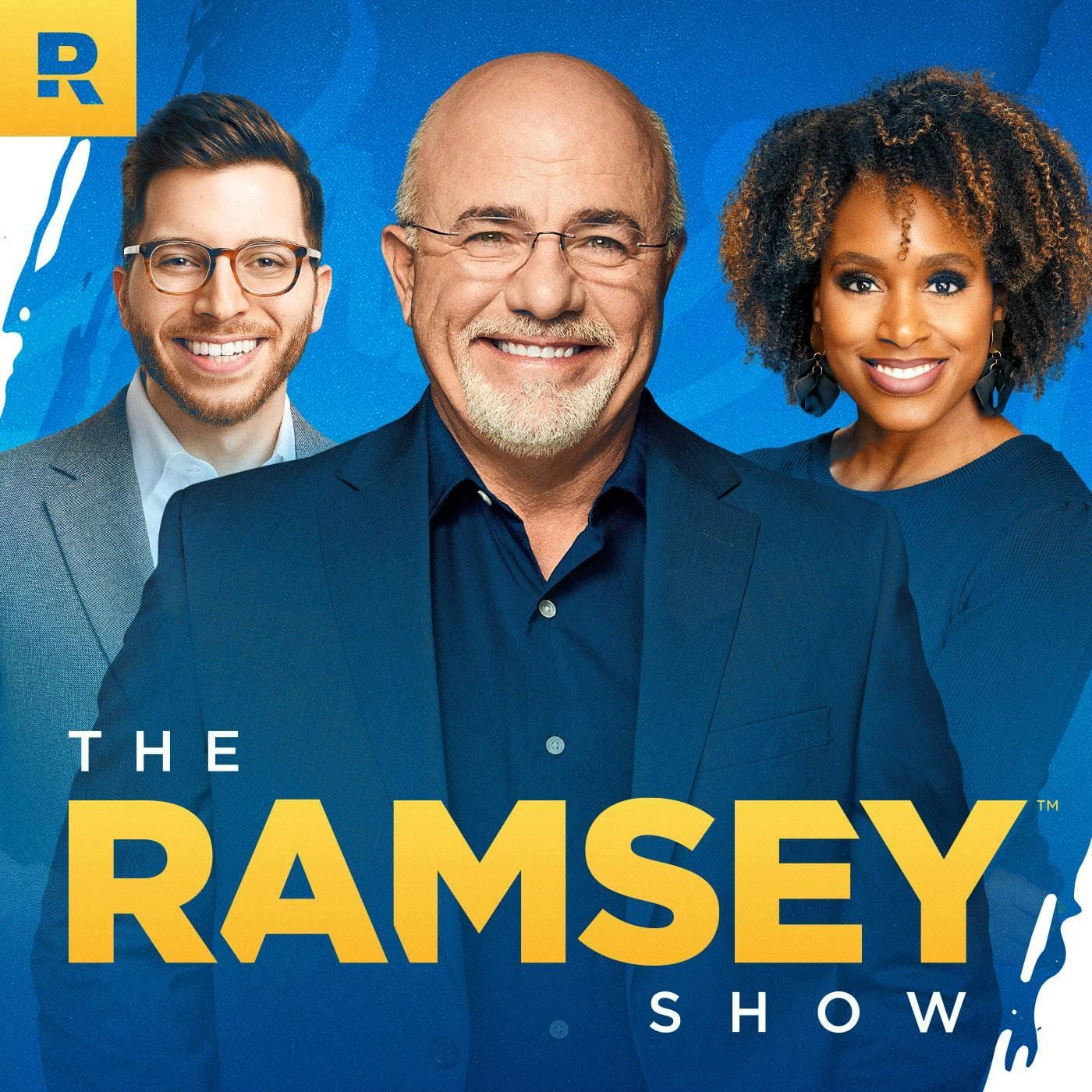
The Ramsey Show frequently discusses audience polls. This helps the host understand listeners’ views on financial topics, making the content more relevant.
8. Myth-Busting
Myth-busting is a great way to challenge common misconceptions within your podcast’s niche. In this segment, you identify widespread myths or misunderstandings and then provide factual information to debunk them. This educates your audience and positions your podcast as a reliable source of truth. Addressing these myths can add depth to your podcast content and keep your listeners engaged.
Example: Stuff You Should Know
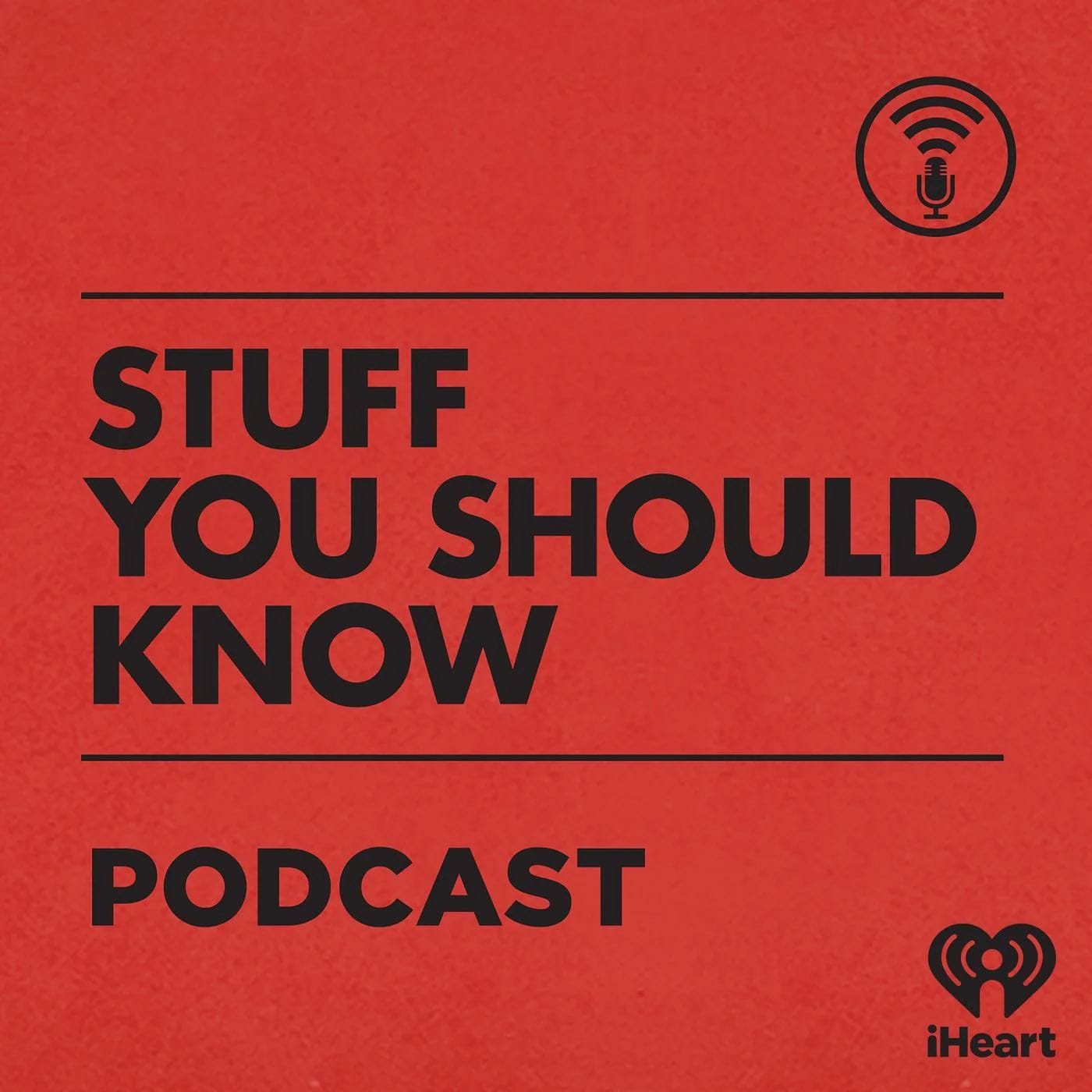
For example, Stuff You Should Know often includes podcast episodes where the hosts debunk myths about history, science, and everyday life, making the content educational and entertaining.
9. Tips & Tricks
Tips and tricks offer practical advice or life hacks your audience can apply daily. This segment is versatile and can be tailored to fit almost any topic. Whether you’re sharing quick tips for productivity, health, or business, this content is easy for listeners to digest and often becomes a favorite part of your podcast episode. Short, actionable advice keeps your audience coming back for more, as they know they’ll walk away with something useful each time.
10. Behind-The-Scenes
Behind-the-scenes content gives your audience a peek into the process of creating your podcast or the inner workings of your industry. This type of segment adds a personal touch to your main content, helping to build a stronger connection with your audience.
It can include stories about how episodes are made, challenges you’ve faced, or even the equipment you use. By sharing these insights, you make your podcast more relatable and transparent, which can increase listener loyalty.
11. Rapid-Fire Questions
Switching things up with rapid-fire questions can add a fun element to your podcast. This segment involves asking your guest or co-host a series of quick, unexpected questions they must answer on the spot. It’s an excellent way to showcase personality and keep the conversation dynamic. These questions can range from light-hearted and funny to more serious, depending on the tone you want to set. This format works well as an icebreaker or a recurring segment that listeners look forward to.
Example: Armchair Expert with Dax Shepard

Armchair Expert with Dax Shepard often includes rapid-fire questions towards the end of interviews, giving listeners a quick and entertaining glimpse into the guest's personality.
12. Top 5 & Top 10 Lists
When you want to deliver information quickly and effectively, a Top 5 or Top 10 list is the way to go. This segment allows you to break down topics into key points that are easy for your audience to absorb.
Whether sharing the most popular podcast topics or ranking the best tips in your niche, lists provide a structured and engaging way to present your content. They’re also highly shareable, making them perfect for social media promotion.
13. Personal Anecdotes
There’s nothing like a personal story to make your podcast feel more intimate and relatable. Personal anecdotes allow you to share your experiences, offering insights and lessons that resonate with your audience. Whether it’s a funny moment or a profound life lesson, these stories can help humanize your podcast and build a stronger connection with podcast listeners. You add a layer of authenticity by weaving your own experiences into the conversation.
Example: The Minimalists
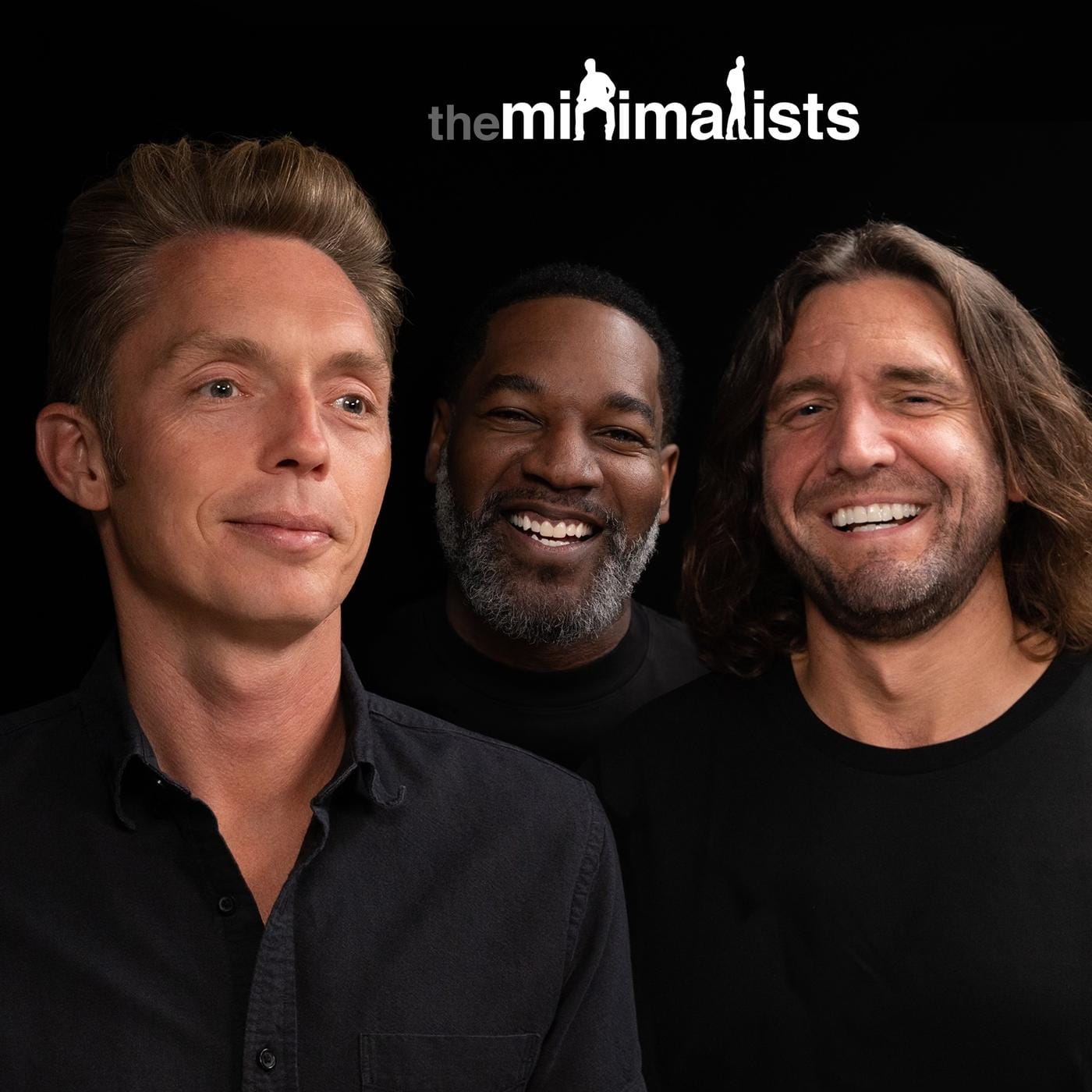
The Minimalists often incorporates personal anecdotes, which give listeners a deeper understanding of the hosts’ journey and philosophy on minimalism.
14. Game Shows & Trivia
Bringing a playful element to your podcast, game shows and trivia segments add an interactive and entertaining twist. This segment can include trivia questions, quick quizzes, or even friendly competitions between guests or listeners. Not only does it break up the usual format, but it also encourages audience participation and creates a lively atmosphere. Perfect for fun facts or pop culture themes, if you’re looking for games to play on a podcast, trivia and quizzes are always a hit.
Example: Good Job, Brain!

Good Job, Brain! blends trivia games with interesting facts, turning each episode into a fun and educational experience for listeners.
15. Listener Feedback & Comments
Incorporating listener feedback and comments into your podcast is a great way to show your audience that you value their opinions. By reading and responding to comments, you create a dialogue with your listeners, making them feel more connected to the show. This segment can also provide insights into what your audience enjoys or wants to hear more about. Feedback can help you tailor future episodes to their interests.
16. Product or Service Spotlight
Highlighting a specific product or service during your podcast can provide valuable information to your listeners while offering a potential revenue stream. This segment focuses on one relevant product or service to your audience, discussing its features, benefits, and how it fits into their lives.
Whether it’s something you recommend or a sponsored product, this spotlight can help your audience discover useful tools or services they may not have known about. It’s a great way to add value to your podcast content while supporting your show’s growth. This segment can be even more impactful for video podcasts, as you can visually showcase the product in action.
17. Where Are They Now? (Revisiting Past Guests)
Revisiting past guests or topics can provide your audience with satisfying updates and follow-ups. This segment is perfect for catching up with previous interviewees or revisiting stories that left listeners wanting more. It adds continuity to your podcast by showing the progression or outcomes of past discussions. It’s also a great way to deepen the narrative and give your audience a sense of closure or continued interest in your subjects.
How I Built This frequently revisits entrepreneurs from earlier episodes to provide updates on their business journeys, giving listeners a glimpse into how things have evolved since their initial interview.
18. “What If” Scenarios
"What If" scenarios add a creative twist to your podcast by exploring hypothetical situations. In this segment, you and your guests can discuss how different decisions or events could change outcomes in your niche. It’s a fun way to engage listeners and spark imagination. Depending on how far you push the scenarios, this segment can lead to interesting discussions and even some funny podcast topics.
Example: The What If? Podcast

The What If? Podcast explores various hypothetical questions - ranging from the serious to the absurd, making it a great example of how to use this format effectively.
19. Trend Analysis
Analyzing current trends gives your podcast a timely edge. In this segment, you explain the latest developments in your industry or niche, explaining what they mean and how they might evolve. This keeps your content relevant and positions your podcast as a go-to source for up-to-date information. Whether looking at new technologies, social movements, or market shifts, trend analysis helps your listeners stay informed about what’s happening now and what to expect next.
Example: The Marketing School

The Marketing School, hosted by Eric Siu and Neil Patel, frequently discusses the latest trends in digital marketing, offering actionable insights and forecasts on the industry's future.
20. Guest Takeovers
A guest takeover is a refreshing way to bring new perspectives to your podcast. In this segment, you hand over the reins to a guest, allowing them to steer the conversation. This can give your audience a different viewpoint or expertise that complements your content.
It’s also a great way to mix things up and keep your show feeling fresh and unpredictable. The guest might introduce their podcast idea or discuss an important topic, offering your listeners something new and exciting.
21. Live Audience Call-Ins
This segment allows listeners to call in during a live recording to ask questions, share their opinions, or participate in a discussion. It adds an interactive layer to your show, making listeners feel more connected and involved. Live call-ins can lead to unexpected moments and lively debates, making the episode more memorable. This format works particularly well in audio-focused podcasts, where real-time interaction is key.
The Dave Ramsey Show frequently uses live audience call-ins, allowing listeners to seek financial advice directly from Dave.
22. Historical Highlights
A historical highlight segment brings the past to life by exploring significant events or figures relevant to your podcast's theme. This segment is ideal for providing context or background that enhances the main content of your episode. Whether diving into a historical moment or profiling an influential figure, this segment educates and engages your audience by connecting past events to present-day discussions.
23. Fact of the Day
This segment presents a fascinating or little-known fact that ties into your podcast's theme. It’s a quick, engaging way to spark interest and keep your listeners hooked. Whether it’s a surprising statistic or a quirky historical tidbit, this segment adds a fun and informative touch to your show.
24. Mindful Moments
A "mindful moments" segment adds a pause to your podcast, offering listeners a chance to focus on mindfulness. Whether through a brief meditation, deep breathing exercise, or thoughtful reflection, this segment invites your audience to slow down and reconnect with themselves. Including these moments can enhance the overall experience, balance the faster-paced segments, and encourage mental well-being.
Example: On Being with Krista Tippett

On Being with Krista Tippett often weaves in moments of reflection and mindfulness, giving listeners space to breathe and think deeply.
25. Podcast Shout-Outs
Highlighting another podcast is a great way to build community and introduce your audience to new content. In this segment, you recommend a podcast you think your listeners would enjoy, explaining why it stands out and complements your show. This supports other creators and adds value to your show notes by providing listeners with additional resources to explore.
26. Episode Recaps
Summarizing key points and takeaways is an effective way to reinforce the most important information from your podcast. An episode recap helps listeners reflect on what was discussed. This discussion helps them walk away with a clear understanding of the main topics. This segment is particularly useful for longer episodes or those that cover complex material.
Best Practices for Creating Engaging Podcast Segments
Below are some best practices to help you design segments that resonate with your listeners and enhance the overall quality of your podcast:
- Know Your Audience: Tailor your segments to the interests and needs of your listeners. Understanding what your audience enjoys will help you create engaging content they love.
- Keep It Concise: Each segment should be focused and to the point. Avoid dragging out a segment longer than necessary, as this can lead to listener fatigue.
- Vary the Format: Mix up the types of segments you include in each episode. This keeps the content fresh and caters to different listener preferences.
- Use Clear Transitions: Smoothly transition between segments to maintain a natural flow throughout your podcast. This helps listeners follow along without feeling jarred by sudden changes while also helping to reduce listener drop-off.
- Test and Adjust: Pay attention to listener feedback and analytics. If certain segments are more popular or effective, consider expanding them, and be willing to drop segments that don’t resonate.
- Incorporate Calls to Action: Encourage listener engagement by including prompts, such as asking for feedback, questions, or ideas for future segments. This interaction can build a stronger connection with your audience.
- Stay Consistent: While variety is important, consistency helps build anticipation. If you have a popular segment, make it a regular part of your podcast so listeners know what to expect.
- Plan Ahead: Outline your segments before recording. Planning helps you stay organized and ensures each segment serves a clear purpose within the episode.
Final Thoughts: Podcast Segment Ideas
Engaging podcast segments can keep your listeners hooked and have them coming back for more. By exploring these ideas for podcast topics, you can find the perfect mix of segments that resonate with your audience.
Hopefully, you are inspired by these examples of podcasts segments and ready to try them out yourself. Remember, some of the best content ideas are free - it’s all about creativity and understanding your audience.

The #1 Podcasting Community
With more than 70,000 members, MatchMaker.fm is the largest online community connecting podcasters & guests.
Join MatchMaker today





